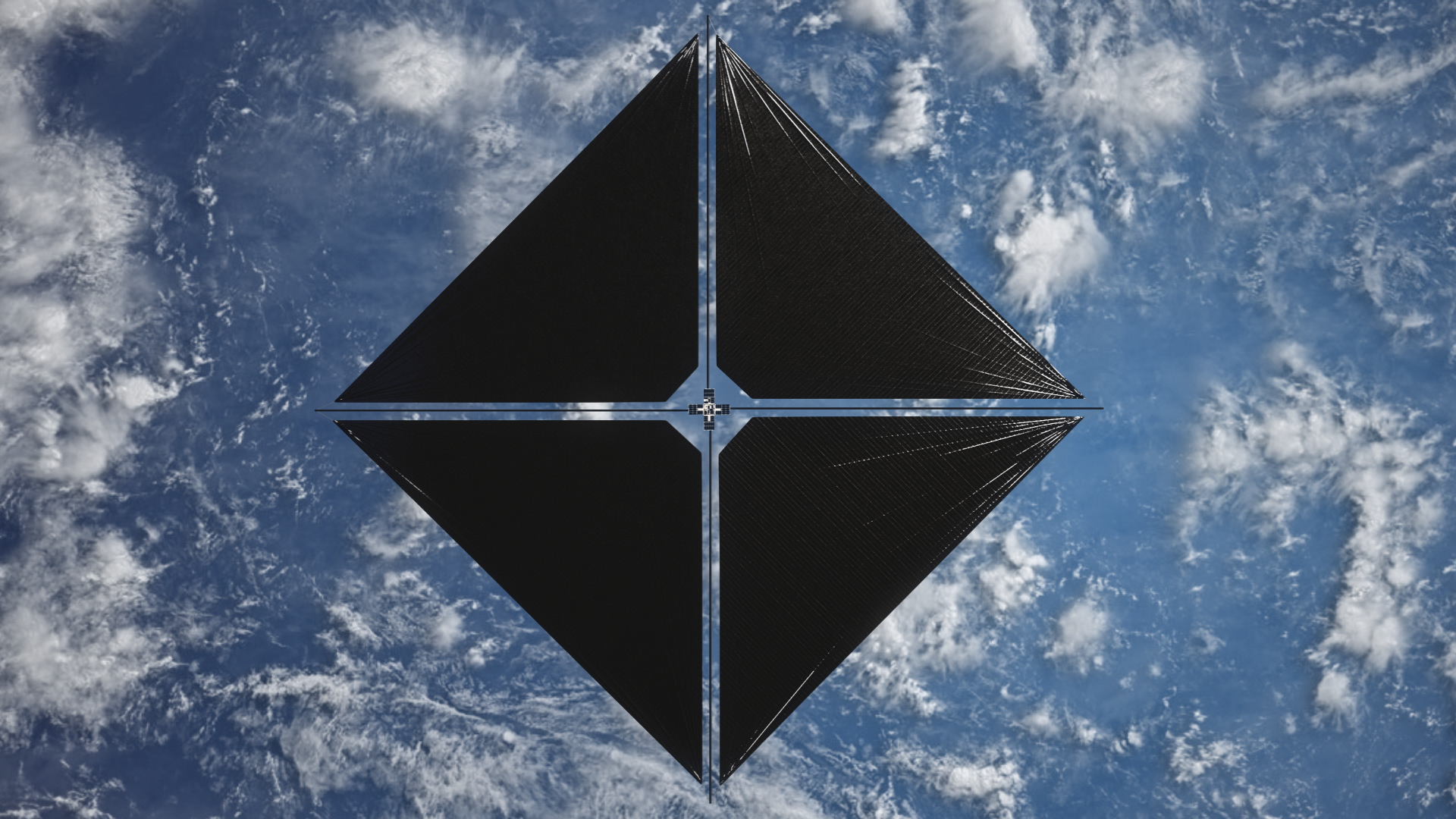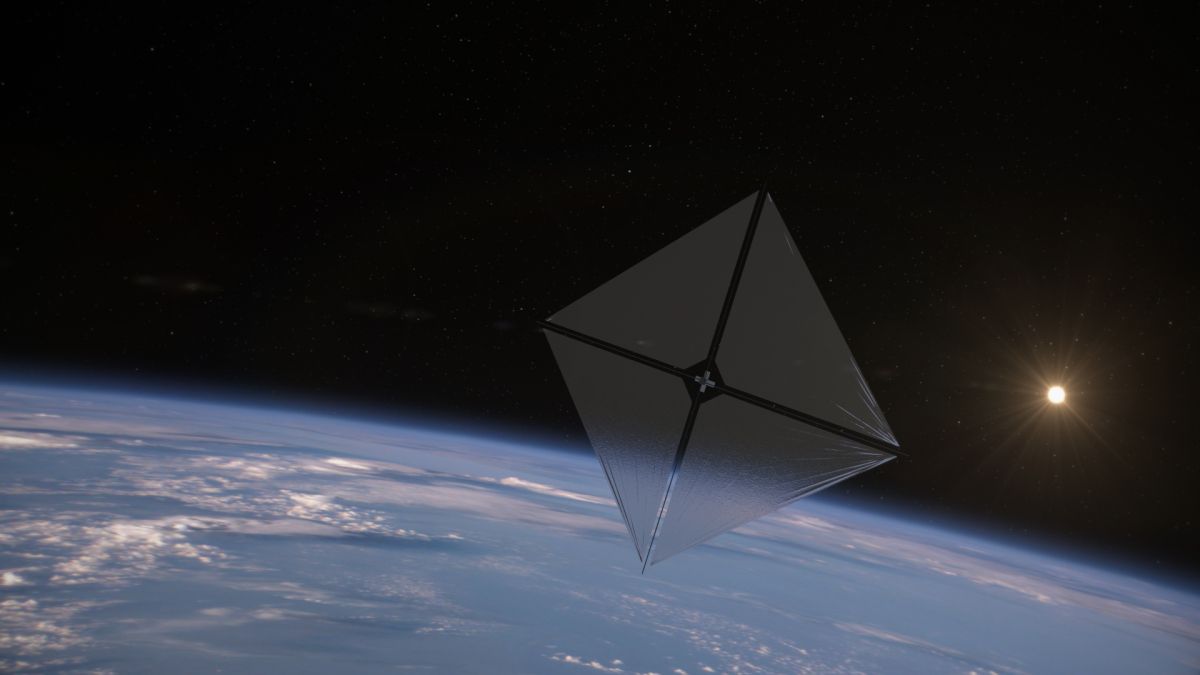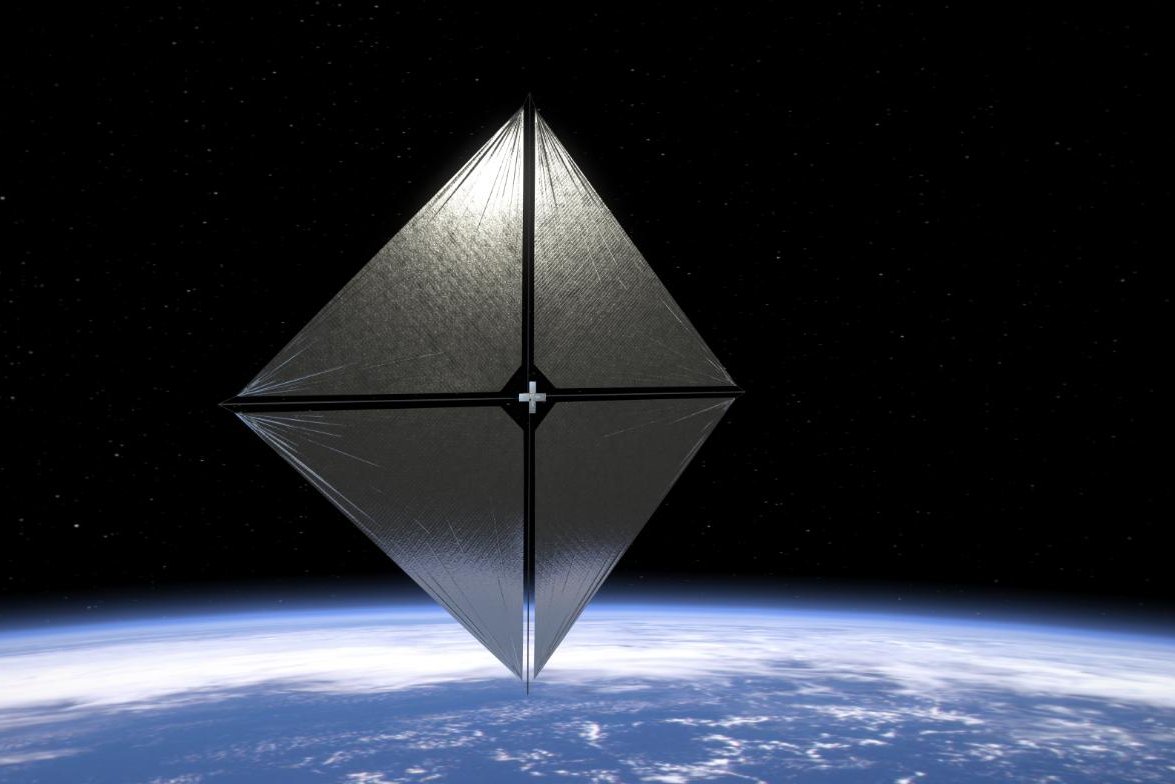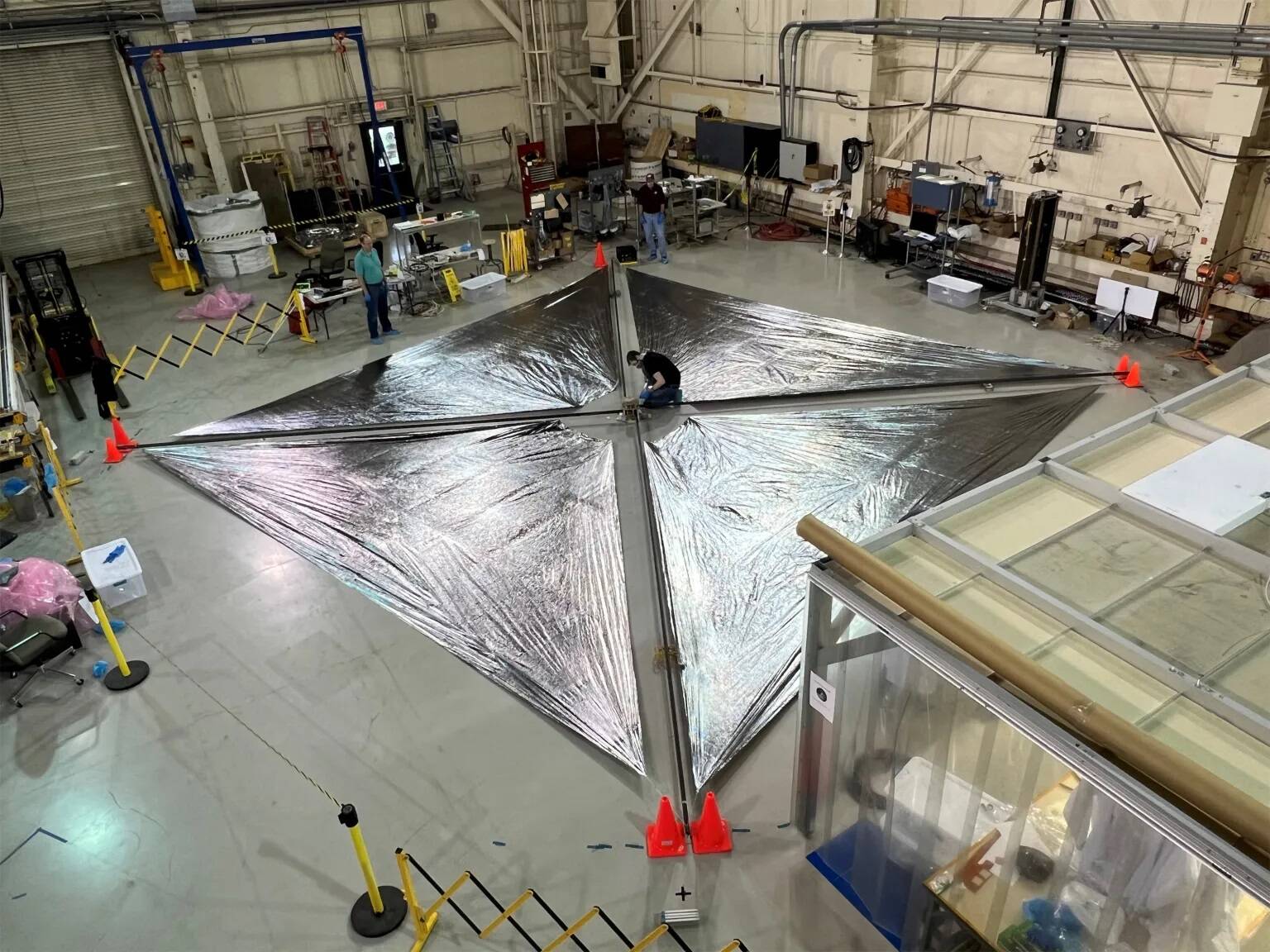
NASA is set to launch an innovative new spacecraft called the Advanced Composite Solar Sail System (ACS3) on April 24, 2024, from Rocket Lab's Launch Complex 1 in New Zealand. This mission marks a significant step forward in solar sailing technology and could revolutionize space travel.
The ACS3 spacecraft is a microwave oven-sized CubeSat that will be deployed approximately 600 miles above Earth, twice the altitude of the International Space Station. Once in orbit, it will unfurl its sunlight-powered composite solar sail system measuring over 800 square feet.
The solar sail technology uses the pressure of sunlight to travel through space and perform a series of maneuvers to demonstrate orbit raising and lowering. The sail may even be visible to the naked eye in the night sky during these demonstrations.
This mission builds upon previous solar sailing efforts, such as NASA's Ikaros spacecraft and The Planetary Society's LightSail 2. However, ACS3 represents a major leap forward with its advanced composite booms made from lightweight yet strong materials like polymer and carbon fiber.
The composite booms are designed to be tube-shaped and can be rolled into a compact package for easy transport. Once unfurled in space, they will provide the structure necessary to support the large solar sail. These innovations could significantly reduce the weight of future spacecraft, making interplanetary missions more accessible and cost-effective.
The ACS3 mission is not without its challenges, however. The team must ensure that the composite booms can withstand both temperature changes and potential collisions in orbit. Additionally, they will need to carefully manage the deployment of the sail to avoid any unintended consequences.
Rocket Lab's Electron rocket will carry ACS3 as a secondary payload on April 24, with NEONSAT-1, an Earth-observation satellite developed by Korea Advanced Institute of Science and Technology, serving as the primary passenger. The launch window opens at 6 p.m. PDT (10 p.m UTC) on April 23 from New Zealand's Mahia Peninsula.
Media interested in interviewing NASA Ames engineers involved with the development of ACS3 can contact arc-dl-newsroom@mail.nasa.gov. For more information on NASA's Ames Research Center, visit https://www.nasa.gov/ames.



